WOC 007
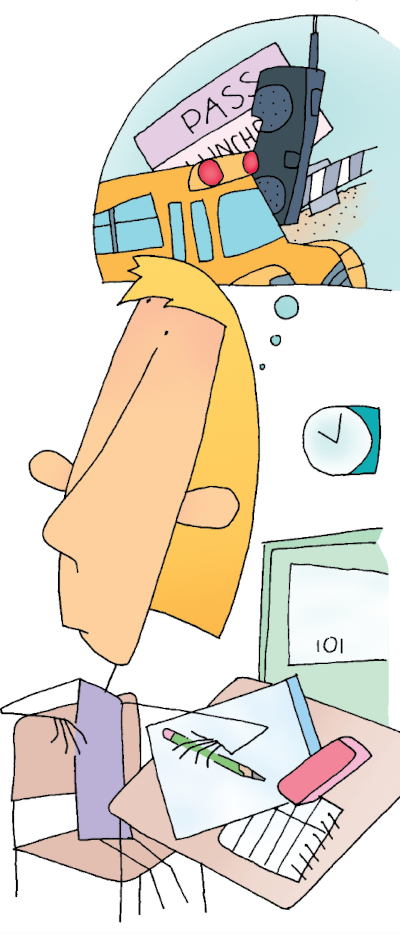
Page 7
One Writer's Process
You probably don’t get to school in a single step. You have to follow a process to get from your bed to your desk. And you don’t eat lunch in a single gulp! Most things that are worth doing are done in a series of steps.
Writing is no different. You can’t go from initial assignment to polished final draft in one stroke of the pen. No, it’ll take many pen strokes or keystrokes. And a great first draft is usually a pretty poor final draft. The writing process lets you cut out what’s bad and make what’s already pretty good—actually great!
In this chapter, we’ll watch Olivia take those many steps from an initial assignment to a final published piece. You might follow a similar process—or one all your own!
What’s Ahead
WOC 008
Page 8
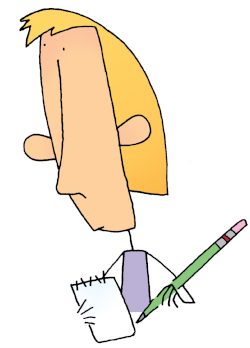
Prewriting ■ Selecting and Gathering
Selecting a Topic
Olivia Davis’s eighth-grade class was writing historical essays about the Westward Expansion of the United States. She was shocked by the Trail of Tears and wanted to find a story that was more hopeful. Her school librarian suggested that Olivia learn about the remarkable life of Sacagawea, who guided the Corps of Discovery.
After reading about Sacagawea, Olivia knew she had found the subject of her historical essay.
Gathering Details
Olivia read articles and watched YouTube documentaries on Sacagawea. She took notes to keep track of her research. Here is one part:
Research Notes
Corps of Discovery Documentary—Feb. 12
Jefferson set it up to explore Louisiana Purchase
— May 1804 to September 1806
— Meriwether Lewis and William Clark
• 6 other officers, 29 privates
— Set off from St. Charles, MO
— Paddled large canoes up Missouri River
Stopped at Hidatsa-Mandan Village
— Hired Charbonneau, got Sacagawea and son
— Charbonneau “no particular merit”
— Sacagawea “a token of peace”
— Set off in April
WOC 009

Page 9
Conducting Interviews
To find out more about Sacagawea, Olivia interviewed the school librarian who suggested the topic. She was a local history expert. (See page 252 for more information about interviewing.) Here is part of Olivia’s interview with the librarian:
Interview Notes
Interview with June Decker-Lee—Feb. 14
Q. What first interested you in Sacagawea?
—“I liked her quiet strength. She distinguished herself among a party of more than 30 men. She saved them on more than one occasion.”
Q. How did she do all that while carrying a baby?
—“Great question! I think she and her baby made tribes feel they weren’t a threat.”

Freewriting
Olivia then wrote freely for 5 minutes just to explore the reasons she was interested in Sacagawea.
Sacagawea is almost like a Marvel Superhero. I mean, she has to fight through the same stuff as all these men, and they all look up to her. She was kidnapped and sold into slavery, but she rose up to make herself a hero. She wouldn’t let anything stop her. I think she’s amazing!
WOC 010
Page 10
Writing ■ Developing a First Draft
After gathering lots of information, Olivia was ready to write the first draft of her historical essay about Sacagawea. She wrote freely, using facts and details she had collected. (There are errors in Olivia’s first draft.)
Sacagawea
The beginning hooks the reader and leads to the thesis statement. She was a 17-year-old Shoshone woman guiding 30-some white men though thousands of miles of wilderness. That’s what Sacagawea did for the Lewis and Clark Expedition. She guided them, interpreted for them and was a sign of peace to the people they encountered along the way
The middle paragraphs explain the topic. Sacagawea was born in the region that would become Idaho. She was captured and taken with them to a Village in what would become North Dakota. There, she married a French trapper.
Each paragraph focuses on a different part of the history. When the Lewis and Clark expedition arrived at the village, they hired the trapper as a Guide. They set off again in the spring with him, Sacagawea, and their newborn son.
This paragraph focuses on Sacagawea’s contributions. Sacagawea expertly guided the expedition and became won of the most valued members. She could speak the languages of the tribes they encountered her presence with her child showed that this was not a war party. She negotiated with chiefs, getting additional guides and supplies, and once when her husband lost control of a boat, she rescued the prescious supplies that were dumped into the water.
Olivia continues the history in more paragraphs. The expedition encountered a Shoshone tribe. Sacagawea spoke with the chief, Cameahwait, and suddenly realized he was her brother. She broke into tears but continued to interpret. She arranged for the expedition to get guides and more horses which helped them press on to the Pacific. . . .

Good Thinking
Olivia did not worry about perfection in her first draft. She just wanted to get her ideas down so that she could work with them. She later revised and edited to make her work better.
WOC 012
Page 12
Revising ■ Improving Your Writing
Olivia took a break after drafting her story. Later, she read it over and made a few comments to guide her revising.
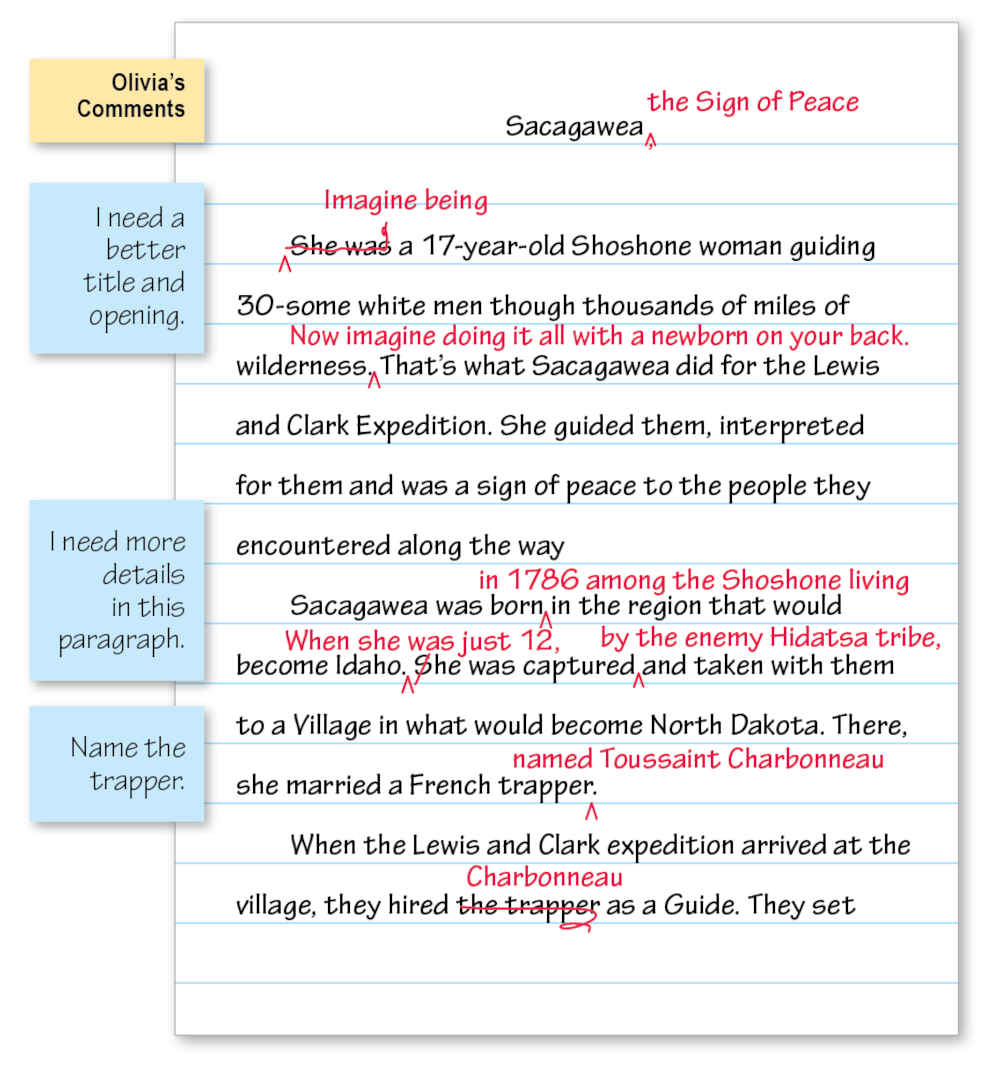

Helpful Hint
Use the “Editing and Proofreading Marks,” just as Olivia has, to indicate your revising and editing changes.
WOC 013
Page 13


WOC 014
Page 14
Editing ■ Checking for Conventions
After making revisions, Olivia was ready to check her story for conventions—punctuation, capitalization, spelling, and grammar. She also asked a classmate to check her writing for conventions.
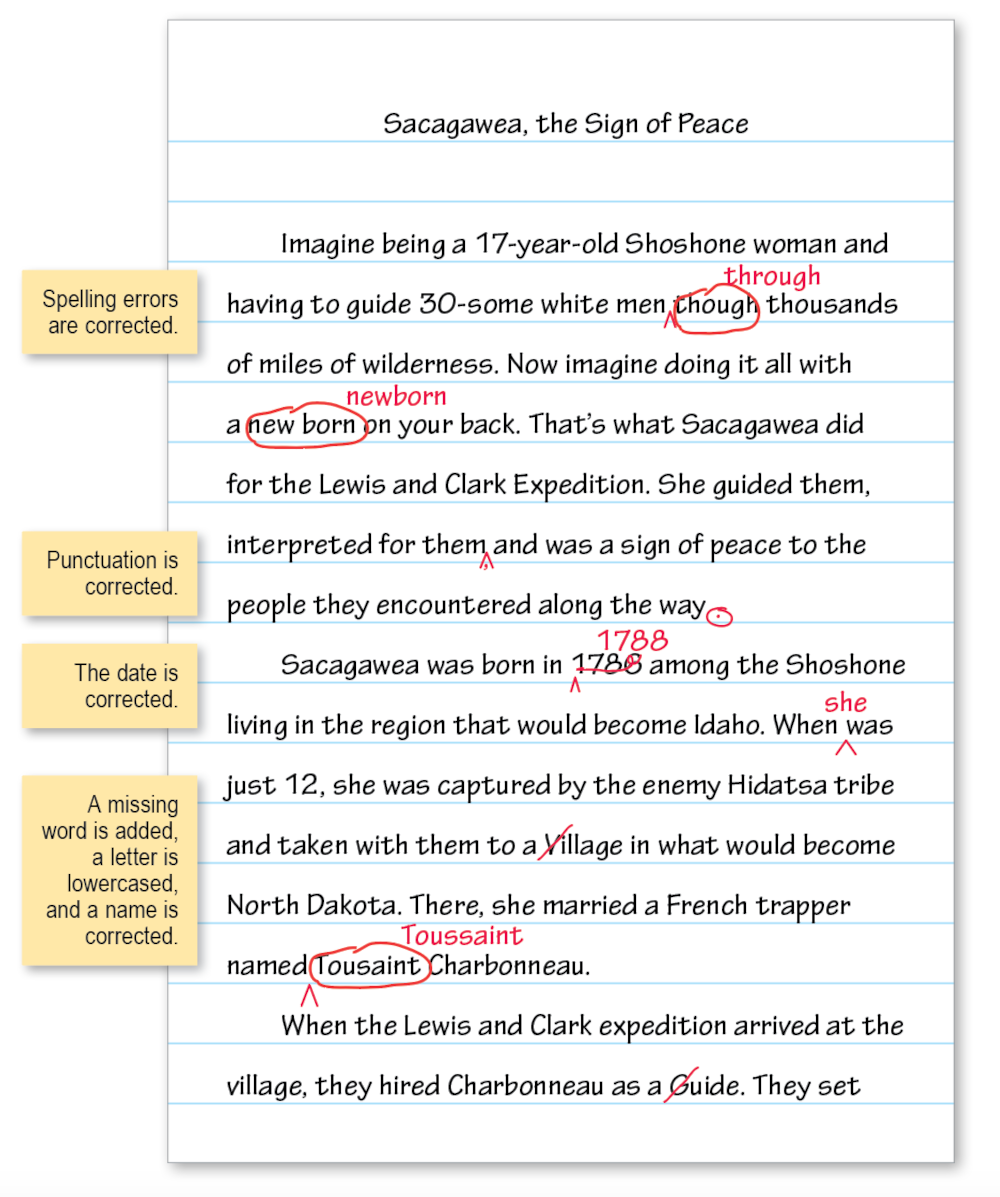
WOC 015
Page 15


WOC 016
Page 16
Publishing ■ Sharing Your Writing
Olivia submitted a carefully edited final copy of her history essay for publication in her classroom blog. Here is part of Olivia’s essay.
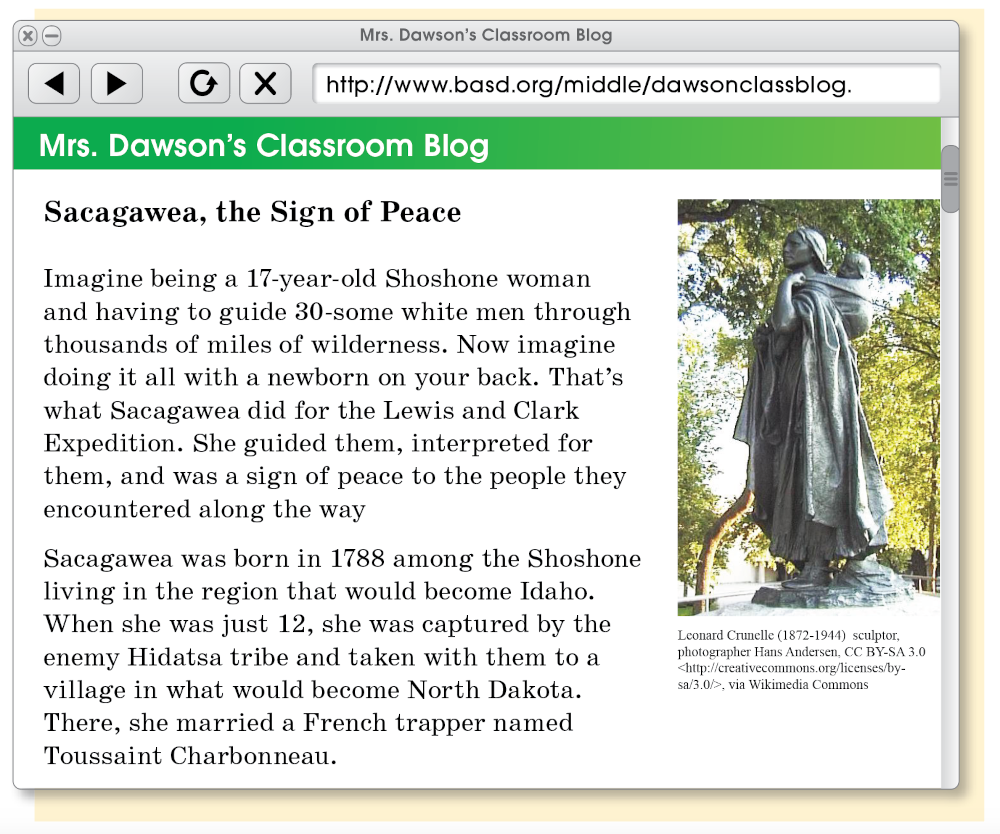
Points to Remember
- Do the necessary prewriting. Olivia gathered a lot of information about Sacagawea before she started drafting. Thorough prewriting made her writing go smoothly.
- Write with confidence. Olivia was intrigued by her topic, so she was able to write freely and do some of her best work.
- Expect to make changes. She also knew that she had to make her essay inviting and informative, so she carefully revised each part. Her beginning had to hook the reader, the middle had to tell the historical story, and the ending had to bring the ideas to an effective close.